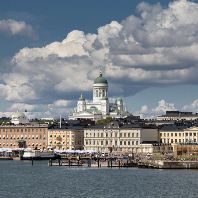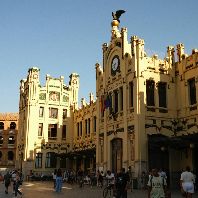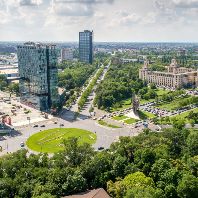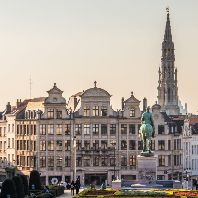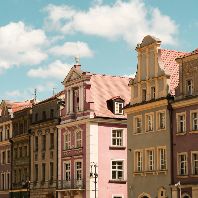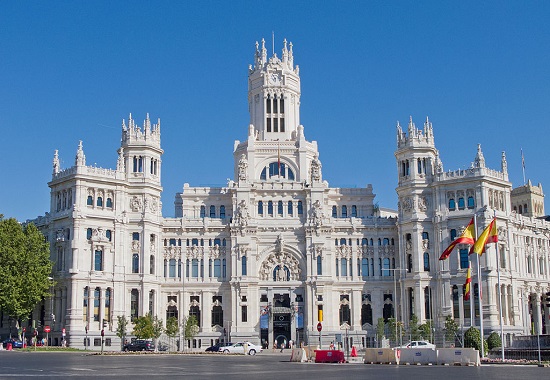 @Carlos Delgado
@Carlos Delgado
ECONOMIC OUTLOOK After the years of economic crisis, Spain is seeing the main variables influencing the economy improve. Imports are once again increasing, while consumption and consumer and business confidence are also on the rise. In Madrid, credit access will also improve, affecting households and SMEs. The labor market is entirely correlated with the macroeconomic development, and thus, the unemployment rate is still at very high levels. Currently, in Comunidad de Madrid with a population near to 6,4 million, the unemployment rate is at 19.03%, but the number of new contracts (especially in services) is already growing.
 @Zaqarbal
INVESTMENT MARKET
After the peaks in the total investment volumes that Madrid reached in 2007 and 2008, we saw a decrease in the activity due the economic crisis, but in 2013 we came back to a new growth cycle in all sectors due to the economic recovery. The number of investors continues to increase and is actively seeking opportunities in the city. Opportunistic funds have seen many opportunities and have encouraged other investors to enter to the Spanish market.
@Zaqarbal
INVESTMENT MARKET
After the peaks in the total investment volumes that Madrid reached in 2007 and 2008, we saw a decrease in the activity due the economic crisis, but in 2013 we came back to a new growth cycle in all sectors due to the economic recovery. The number of investors continues to increase and is actively seeking opportunities in the city. Opportunistic funds have seen many opportunities and have encouraged other investors to enter to the Spanish market.
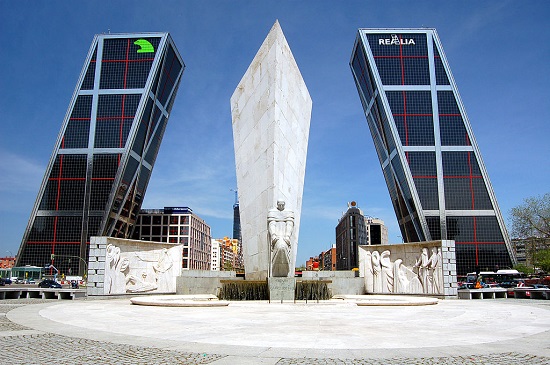 @Bjaglin
@Bjaglin
OFFICE MARKET The Madrid office market is divided in 6 sub-markets: CBD, the Secondary Center, the motorways A-1, A-2, A-6, and the Periphery. The CBD sub-market includes the Paseo de la Castellana Axis, an area in which the most emblematic and demanded prime buildings are located. Examples worth mentioning are Torre Picasso, Torre Titania, Torre Europa, and Torre Mahou. The CBD is a much consolidated market, which has been expanded in 2008 with the CTBA that includes the four towers (Torre Cepsa, Torre PwC, Torre Cristal, and Torre Espacio). Near this area, another huge extension is expected (Chamartin Project), with new residential and exclusive office buildings.
The Secondary Center includes good buildings with lower rents inside M-30, that are located in districts such as Salamanca, Chamberi, or Mendez Alvaro.
On the other hand, the most important business parks like Omega, Miniparc, Adequa, or Cristalia are located in A-1 and A-2 motorways.
 @ Antonio García Rodríguez
@ Antonio García Rodríguez
RETAIL MARKET Madrid’s regional government is one of the country’s most receptive in terms of retail development and liberal opening hours. A large population, a healthy labor market, and income levels above the national average provide the base for strong consumer spending.
While high street Preciados is popular for mass-market retailing, Serrano and Ortega y Gasset are the most prominent high-end luxury streets. Fuencarral is another well-known street and the location for hip, urban, and often independent fashion.
The Madrid region accounts for 22% of Spain’s gross leasable area of shopping center space. Urban centers perform well, particularly Príncipe Pío, located in one of the main commuter railway stations.
To the north of the city lies the semi-urban La Vaguada center, located in a densely populated residential area. A notable shift in population to the suburbs and satellite towns has encouraged the development of numerous large shopping centers around Madrid. A good example is Xanadu, which boasts an indoor ski-slope among its main attractions.
 @Luis García
INDUSTRIAL/LOGISTICS MARKET
The logistics stock in Madrid reaches 7 million m². Considering the quality, location and other factors, categories of warehouses are divided into category “A", “B”, and “C”. The “A” category includes the most modern warehouses, with the best quality and location in the market.
@Luis García
INDUSTRIAL/LOGISTICS MARKET
The logistics stock in Madrid reaches 7 million m². Considering the quality, location and other factors, categories of warehouses are divided into category “A", “B”, and “C”. The “A” category includes the most modern warehouses, with the best quality and location in the market.
Regarding the classification of logistics assets by area of influence, there are warehouses with classification "local" and "regional" (close to Madrid). The more peripheral and "national" warehouses are normally located in areas as Toledo or Guadalajara provinces where the vacancy rate has usually been the highest in the market during the last years.
In the last years, there have not been big developments, due to low demand during the years of the economic crisis.
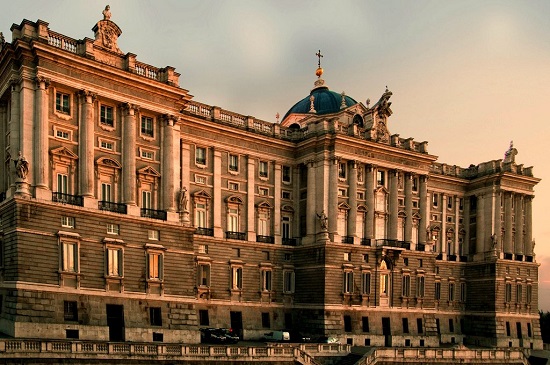 @bepo2
@bepo2
HOTEL MARKET The hotel market supply in Madrid continues to grow moderately year after year. Thus, the total hotel supply in the city amounts to around 81,257 beds in 871 hotels. 2013 was an important year in terms of tourist regulation advances. Among others, a new law encouraging the flexibility and development of the private rental market was passed. Its aim is to protect tourist accommodation by forcing autonomous communities to regulate residential tourist lettings. Another decree regulating hostels in Madrid, following Catalonia’s example, was also approved, paving the way for an important number of new establishments of this type to open.
If you would like to promote your city, please contact media@europe-re.com.


